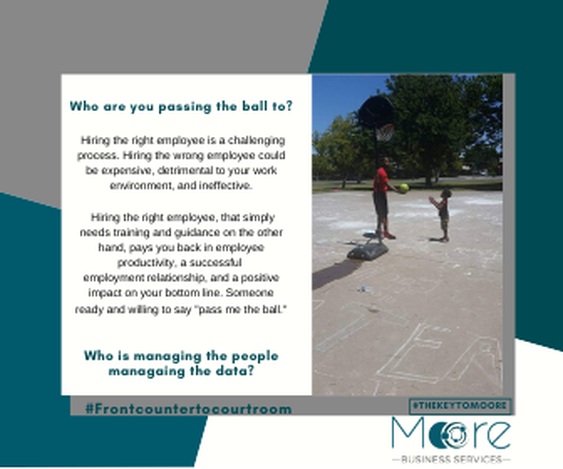|
When your legal staff is assisting in preparing you for court, it's important that they know and understand the rules of the court. It's not always helpful to pre-mark exhibits, and most times not allowed. If done inadvertently, it can cause additional work and steps for the courtroom clerk. We (courtroom clerks) understand they are trying to be helpful and even think it is saving time. The exact opposite could be true based on the sequence of events during the proceedings. And it is the courtroom clerk's responsibility for the custody, storage and transfer of all court exhibits during trial/hearing. This ensures that the exhibits are marked in proper sequence as the case proceeds and will not leave gaps in numbering in case counsel decides not to offer certain exhibits after they’ve been marked, and makes it easier for the clerk to keep track of the exhibits. "Happy Clerk, happy Court!"
It is very important to note, if your court offers e-filing, do not transmit your exhibits electronically prior to trial. Exhibits should be physically presented to the courtroom clerk in court to have exhibit labels affixed for proper identification and to be accurately recorded on the Exhibit List by the clerk All exhibits (received, withdrawn, denied) will be marked by the clerk with the important identifying information. HELP us stay safe; If any exhibits are deemed to contain biological (DNA) material, it is the responsibility of counsel to clearly identify and designate the exhibits as containing biological (DNA) material. There are usually gloves and other items available in the courtroom for handling such exhibits. Please give the clerks fair warning so that they can be prepared to safely handle such exhibits. In addition, the retention period for exhibits containing biological (DNA) material is much longer, so it is important for counsel to properly identify these exhibits so they are retained for the appropriate period of time. Counsel may elect to review the Exhibit List upon conclusion of trial to insure proper designation of exhibits. To help simplify the return of exhibits, it is very helpful if the parties/counsel can stipulate to the return of exhibits. Use of a stipulation eliminates the need to send letters to counsel/parties offering back the exhibits. Remember, "Happy Clerk, happy Court." Common Guidelines for court exhibits: "Received” exhibits are maintained by the clerk and made part of the record. “Withdrawn” exhibits may be returned to the proffering party. “Denied” exhibits are to be maintained by the clerk for purposes of appeal. Moore Business Services: Managing the people managing the data
1 Comment
|
|
